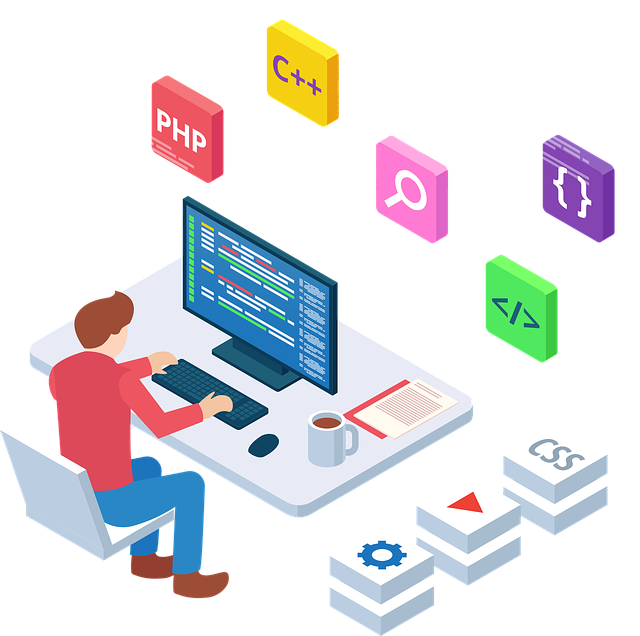Software Development
A collection of computer science operations focused on the process of developing, deploying, and maintaining software. The set of instructions or programs that a computer follows are known as software. It enables computer programming and is hardware-independent.

Technologies We Use

Integrated Development Environments (IDEs)
IDEs like Eclipse, Visual Studio, and IntelliJ IDEA provide software developers with a comprehensive environment for writing, debugging, and testing code.

Version Control Systems (VCS)
VCS like Git and Subversion allow developers to manage changes to the source code and collaborate with other team members.

Continuous Integration & Deployment Tools
CI/CD tools like Jenkins, Travis CI, and CircleCI automate the process of building, testing, and deploying software applications.

Cloud Computing Platforms
Cloud computing platforms like AWS, Microsoft Azure, and Google Cloud Platform provide developers with the infrastructure and services necessary to build, deploy, and scale software applications in the cloud.

Web Development Frameworks
Web development frameworks like Ruby on Rails, AngularJS, and React provide developers with pre-built components and tools for building web applications.

Mobile Development Platforms
Mobile development platforms like Android Studio, Xcode, and React Native provide developers with tools and frameworks for building mobile applications for iOS and Android platforms.
Software Development Process

1.Gather requirements
The team works with the client to determine the requirements for software application. It includes identifying the business needs, user requirements, and technical specifications.
2. Planning and design
Based on the requirements gathered, the software development team creates a plan for the project and designs the architecture and user interface of the software application.
3. Implementation
In this stage, the software development team writes the code for the application based on the design specifications.
4. Testing
Once the software has been implemented, the team conducts thorough testing to ensure that it is functioning as intended and meets the requirements.
5. Deployment
After the software has been tested and approved, it is deployed to the production environment.
6. Maintenance
Once the software is deployed, the development team monitors and maintains it to ensure that it continues to function properly and meets the client’s needs.
You’ve Got Questions, We’ve Got Answers about Software Development
Software development is the process of designing, creating, testing, and maintaining software programs. It involves writing code in programming languages like Java, Python, or C++, and using software development tools like integrated development environments (IDEs), debuggers, and testing frameworks.
The steps in the software development life cycle (SDLC) typically include requirements gathering, design, development, testing, deployment, and maintenance. Each step involves different activities and deliverables to ensure that the software meets the specified requirements and quality standards.
The different types of software development methodologies include Waterfall, Agile, and DevOps. A waterfall is a sequential approach where each phase of the SDLC is completed before moving on to the next. Agile is an iterative approach that emphasizes collaboration, flexibility, and rapid delivery of working software. DevOps is a combination of development and operations that emphasizes continuous integration, delivery, and deployment.









